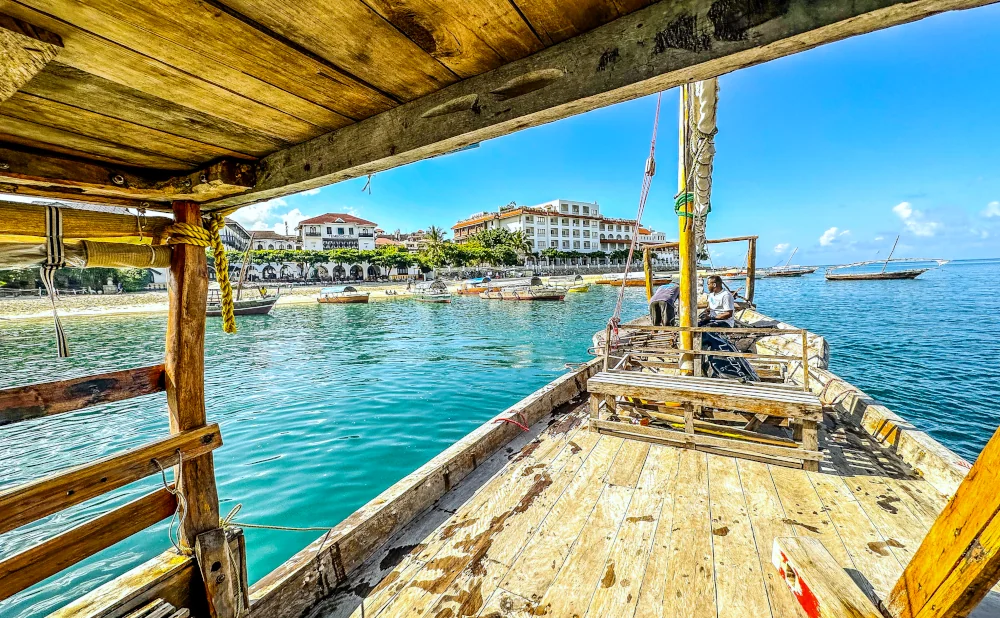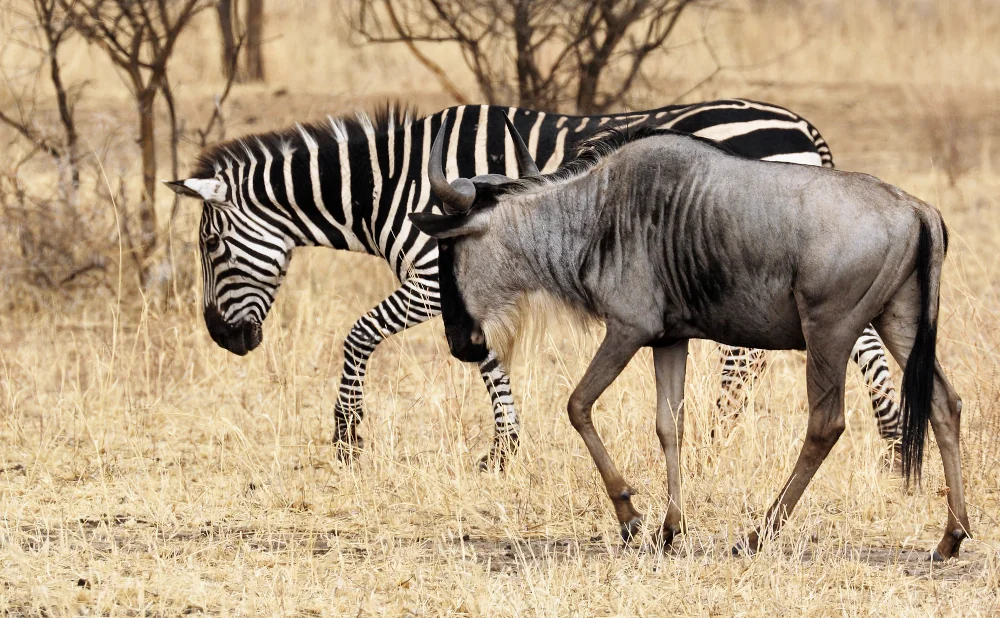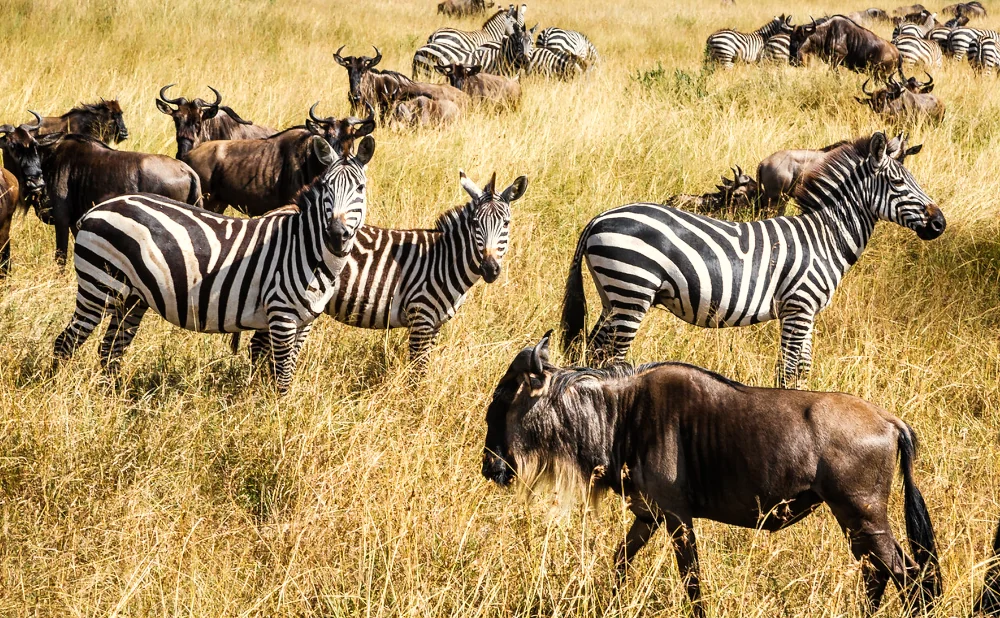Exploring the Wonders of Ngorongoro National Park
Ngorongoro National Park, located in northern Tanzania, is a breathtaking destination that offers visitors a chance to experience nature at its most magnificent. With its stunning landscapes, rich wildlife, and cultural heritage, this park is a must-see for anyone visiting Tanzania. In this article, we'll explore the wonders of Ngorongoro National Park, including where to stay, what to see, and how to make the most of your visit.
Discovering Ngorongoro National Park
Ngorongoro National Park is part of the larger Ngorongoro Conservation Area, which covers approximately 8,292 square kilometers. The park's most famous feature is the Ngorongoro Crater, a UNESCO World Heritage Site and the world's largest inactive volcanic caldera. This natural wonder is about 610 meters deep and spans 260 square kilometers, providing a unique habitat for a diverse range of wildlife.
The Wildlife of Ngorongoro
The Ngorongoro Crater is home to a dense population of wildlife, making it one of Africa's top safari destinations. Visitors can expect to see the "Big Five" – lions, elephants, buffalo, leopards, and rhinoceroses – as well as numerous other species such as zebras, wildebeests, and gazelles. The crater's unique ecosystem supports around 25,000 large animals, providing ample opportunities for wildlife viewing and photography.
A Birdwatcher's Paradise
Ngorongoro National Park is also a haven for bird enthusiasts, boasting over 500 bird species. The park's varied landscapes, including forests, grasslands, and wetlands, provide diverse habitats for both resident and migratory birds. Some notable species include the Kori bustard, the secretary bird, and the lesser flamingo, which can be seen at Lake Magadi within the crater.
Cultural Experiences in Ngorongoro
While Ngorongoro is renowned for its natural beauty, it also offers rich cultural experiences. The Maasai people, a semi-nomadic ethnic group, have lived in the region for centuries. Visitors have the opportunity to learn about Maasai culture and traditions by visiting local villages and participating in cultural tours. These experiences provide valuable insights into the Maasai way of life and their harmonious relationship with the environment.
Exploring the Olduvai Gorge
Another cultural gem in the Ngorongoro Conservation Area is the Olduvai Gorge, one of the most important paleoanthropological sites in the world. Often referred to as the "Cradle of Mankind," the gorge has yielded some of the earliest evidence of human ancestors. Visitors can explore the site and its museum, which houses a collection of fossils and artifacts that provide a fascinating glimpse into the history of human evolution.
Accommodations: Hotels in Ngorongoro National Park
When it comes to accommodations, Ngorongoro National Park offers a range of options to suit different budgets and preferences. From luxurious lodges to budget-friendly campsites, there is something for everyone.
Luxury Lodges
For those seeking a more indulgent experience, several luxury lodges offer top-notch amenities and breathtaking views of the crater. These lodges often include guided safaris, gourmet dining, and spa services, ensuring a comfortable and memorable stay.
Mid-Range Accommodations
Mid-range accommodations provide a balance between comfort and affordability. These lodges and tented camps offer cozy rooms, delicious meals, and guided tours, making them a popular choice for many visitors.
Budget-Friendly Options
For travelers on a budget, there are several campsites and basic lodges available. While these options may lack some of the frills of luxury accommodations, they provide an authentic experience and allow visitors to fully immerse themselves in the park's natural beauty.
Planning Your Visit
To make the most of your trip to Ngorongoro National Park, it's essential to plan ahead. Here are some tips to help you prepare for your adventure:
Best Time to Visit
The best time to visit Ngorongoro National Park is during the dry season, which runs from June to October. During this time, wildlife is easier to spot as animals gather around water sources. The weather is also more predictable, making for a more enjoyable experience.
What to Pack
When visiting Ngorongoro, it's important to pack appropriately for the climate and activities. Essential items include:
Lightweight, breathable clothing
A warm jacket for early mornings and evenings
A hat and sunglasses for sun protection
Binoculars for wildlife viewing
A camera with extra batteries and memory cards
Insect repellent and sunscreen
Entry Requirements and Fees
Before heading to Ngorongoro National Park, be sure to check the entry requirements and fees. A valid passport and visa are required for entry into Tanzania. Park entry fees vary depending on the duration of your stay and the type of activities you plan to engage in. It's a good idea to check the latest information on the park's official website or consult with your tour operator.
Ngorongoro National Park is a truly remarkable destination that offers visitors a chance to experience the wonders of nature and culture in one incredible setting. With its diverse wildlife, stunning landscapes, and rich cultural heritage, the park is a must-visit for anyone traveling to Tanzania. By planning ahead and choosing the right accommodations, you'll be well on your way to creating unforgettable memories in this African paradise.











